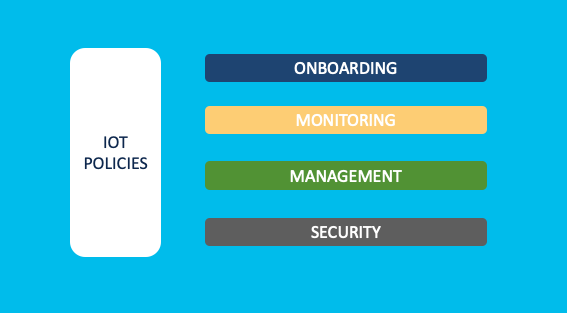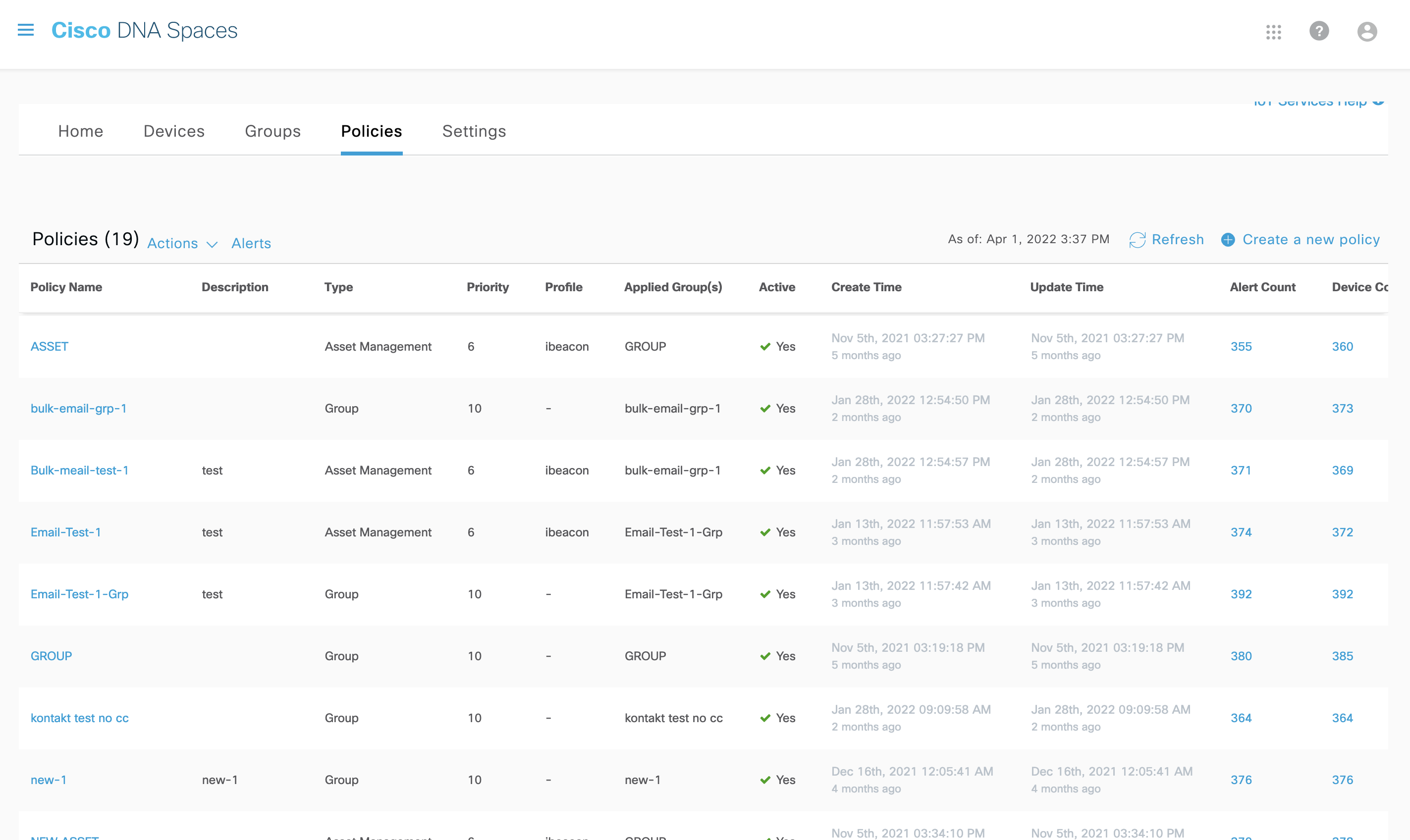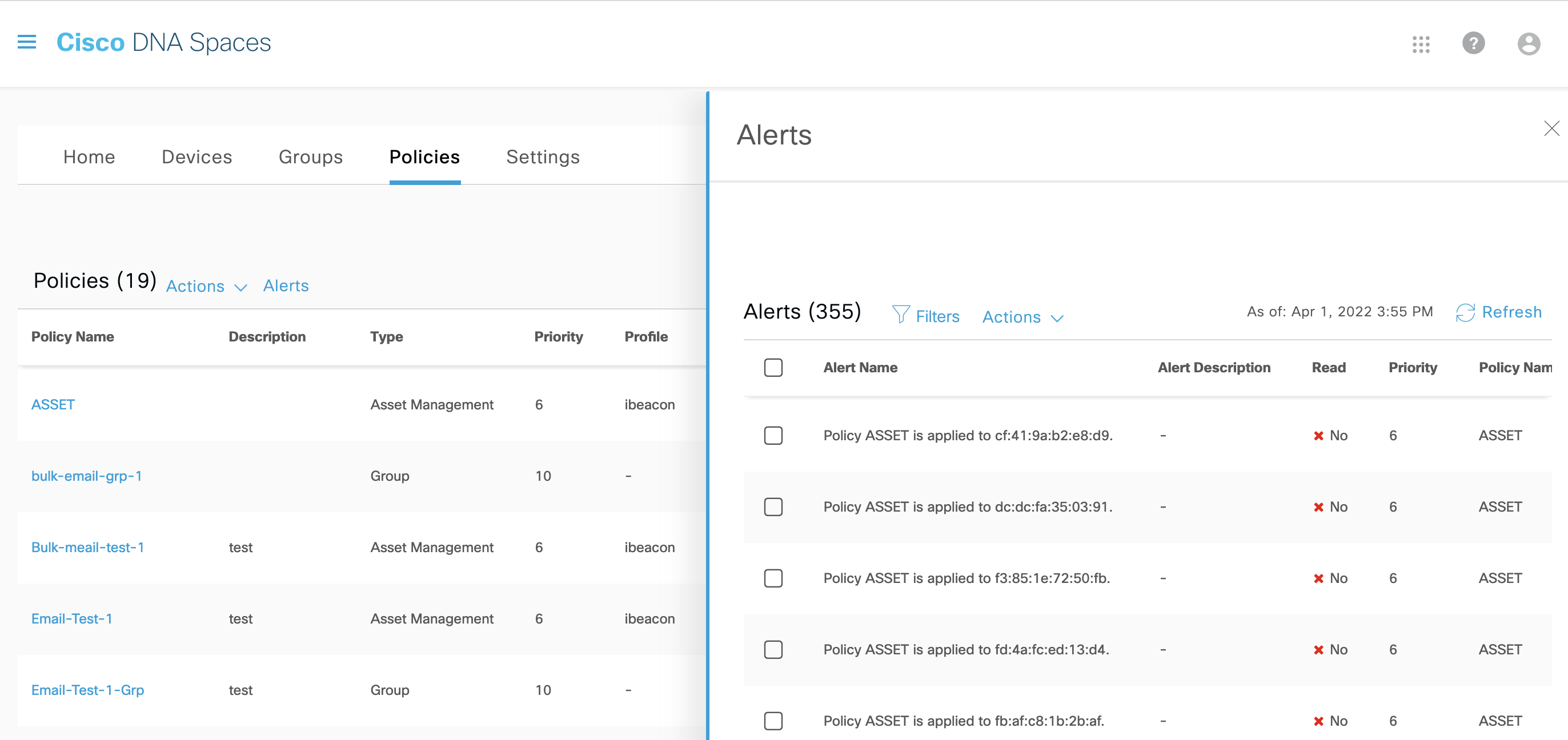- Kali Linux gets a UI refresh, new tools, and an updated car hacking toolset
- How the Sandwich Generation Can Fight Back Against Scams | McAfee Blog
- Buy a Samsung Galaxy Watch 7 on sale and get a free SmartTag2 Bluetooth tracker - here's how
- Cisco capitalizes on Isovalent buy, unveils new load balancer
- I upgraded to Android 16 - here's what I love and what's still missing
Supercharging indoor IOT – Cisco DNA Spaces IOT Services Policy Engine

IoT Management at scale
Cisco DNA Spaces IoT Services provides tools to manage a myriad of IoT devices easily. However, the management of these IoT devices was still a manual operation. Each IoT device had to be individually onboarded and configured. If there was an error, it needed to be manually reconfigured. This becomes cumbersome as the number of managed devices increases. Furthermore, manual maintenance for a large number of managed devices is equally taxing. How do we know when a device is about to run out of battery? How to ensure that customer experience is not impacted if someone moves a beacon from one zone to another? How to roll out firmware upgrades without impacting operation? Even with IoT Management, these problems remained intractable at scale.
IoT Services Policy Engine
Enter Cisco DNA Spaces IoT Services Policy Engine. IoT Service policies are use-case-based and address unique problems that the scale and complexity of a large IoT deployment entail. Devices no longer need to be individually onboarded to deploy a use case. Customized policies can be created beforehand and associated with a class of devices at a specific location. Whenever a new device is turned on, it inherits the policy associated with that location and gets auto-configured. IoT Services even provides policy templates to support single-click use case deployment.
More details of the architecture and data flow can be found in my previos post, Monitoring your indoor IoT environment – Cisco DNA Spaces IoT Services
Groups
Policies are configured to act on device groups. Classes of devices can be logically organized into groups. Groups can be created manually or based on some logical criteria such as the beacon location, manufacturer, or the mac address prefixes. Let’s say a customer wants to enable Asset Tracking on all the beacons in a certain zone of a building. In that case, the customer first creates a dynamic group targeting the zone. Whenever DNA Spaces locates a beacon in that zone, it automatically assigns it to the group. Group assignment for a beacon gets propagated through firehose notifications as well.
Policies
Policies help in rolling out use cases across device groups. Each policy solves a specific customer use case and comes with a suggested policy template which helps in rolling out a policy across a group easily. Customers can thus deploy a policy once and then DNA Spaces IoT Services ensures that the use case is always enforced across all the targeted beacons. This completely eliminates the need for manual onboarding or maintaining IoT devices.

Once a policy is deployed, IoT Services also displays the number and list of devices on which the policy got applied.

Alerts
When a policy is applied or it fails to get applied, an alert is generated. Alerts may be system alerts that can be viewed in the DNA Spaces dashboard or notification alerts like emails. Notification alerts are batched and delivered every 15 mins.

Alerts are especially important for monitoring and security-based policies such as battery monitoring or beacon spoofing.
A New Era
Cisco DNA Spaces IoT Services Policy ushers in a new era of hands-free enterprise IoT Management. It brings together unmatched processing and machine intelligence to deliver a seamless management experience hitherto unseen in enterprise IoT. With new policies being added over time, it is destined to become a bedrock for IoT Management.
Learn more about the IOT Services Configuration Guide
Additional Resources
To learn more about the partner ecosystem, visit the Cisco DNA Spaces IoT Device Marketplace
Share:

